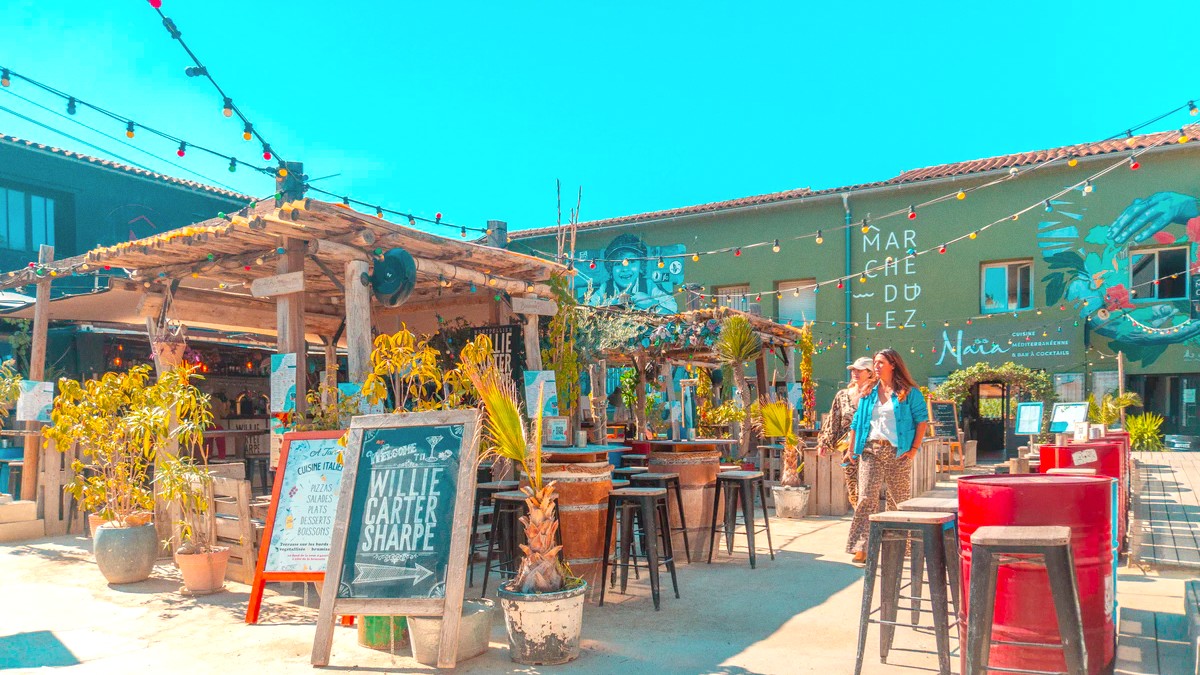
Languedoc Roussillon, France
Sète (approx. 30 km / 20 miles): This charming fishing port features canals and is renowned for its seafood, especially oysters. Sometimes called the "Venice of Languedoc."
Nîmes (approx. 50 km / 30 miles): A city rich in Roman heritage. It features an incredibly well-preserved amphitheater (Arènes de Nîmes), the Maison Carrée temple, and the beautiful Jardins de la Fontaine.
Consider your travel style and available time when planning excursions.
Many destinations are accessible by public transport or car. Choose based on your itinerary.
Decide if an organized tour or independent travel suits your preferences.
The region around Montpellier has diverse natural landscapes and rich cultural heritage.
Known for its wetlands, flamingos, wild horses, and bulls. Ideal for birdwatching and photography.
Rugged limestone plateaus and deep gorges. A contrasting landscape further inland.
An iconic mountain for hiking and wine tasting. Dominates the northern skyline.
Explore natural wonders for outdoor recreation.
Extend your cultural journey to nearby historical cities.
Add extra days to your trip to explore wider regions of France or nearby countries.
Head east to explore iconic cities and glamorous coastal towns.
Journey southwest to mountains, castles, and a cross-border adventure.
Head northwest for a different facet of France with rich history and world-renowned vineyards.
Where to go after Montpellier.
France's train network makes multi-region exploration easy.
All these destinations are well-connected by France's extensive train network (SNCF).
Car rental is a good option for exploring regions more deeply, offering flexibility for rural areas.
Combine Montpellier with a loop through Provence (Avignon, Arles, Aix-en-Provence) or link it with a trip along the coast to the French Riviera.